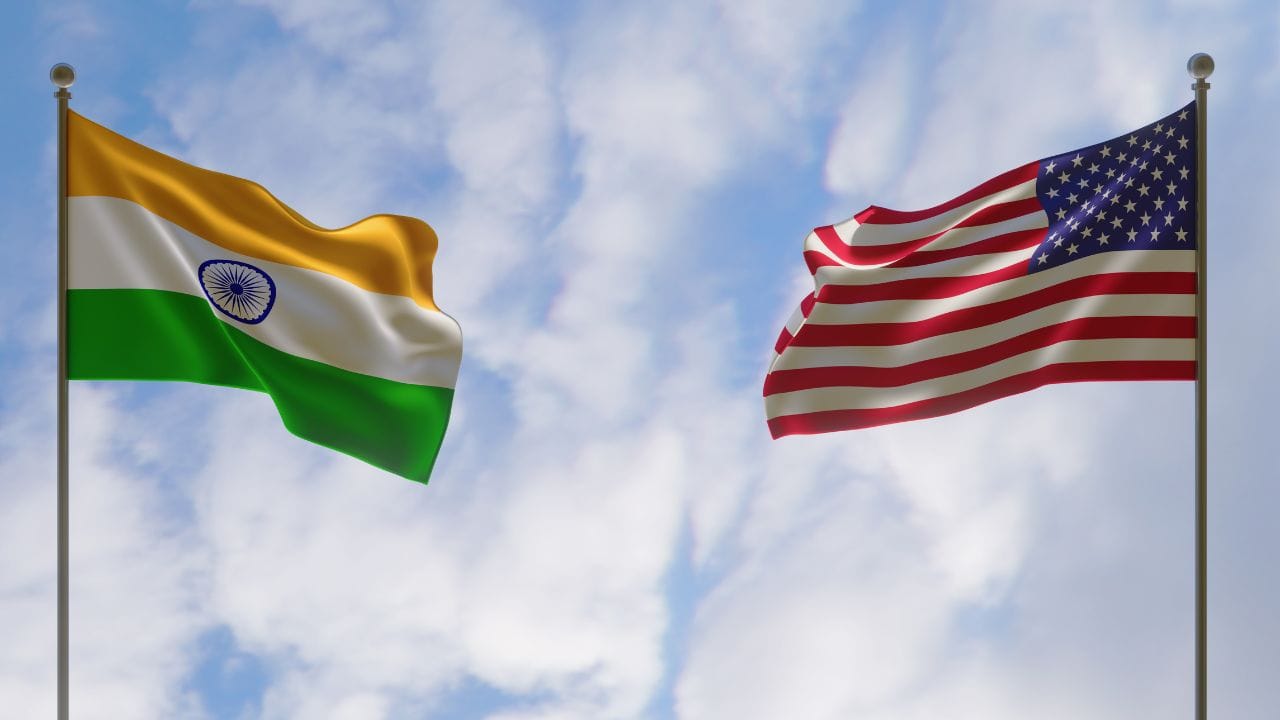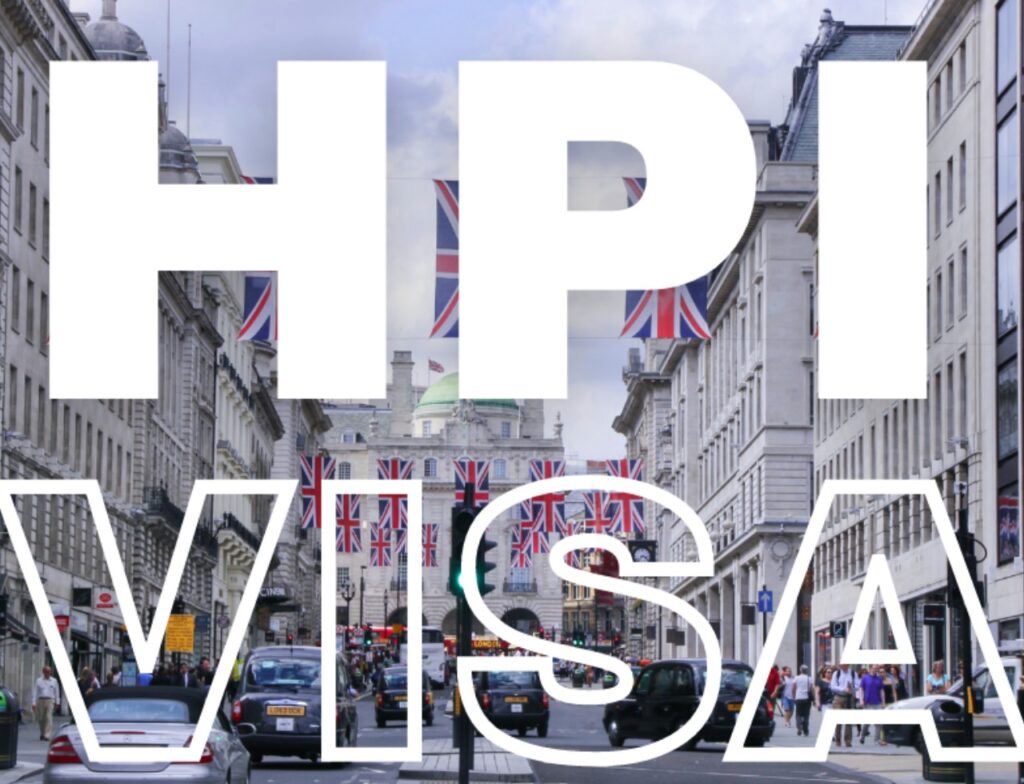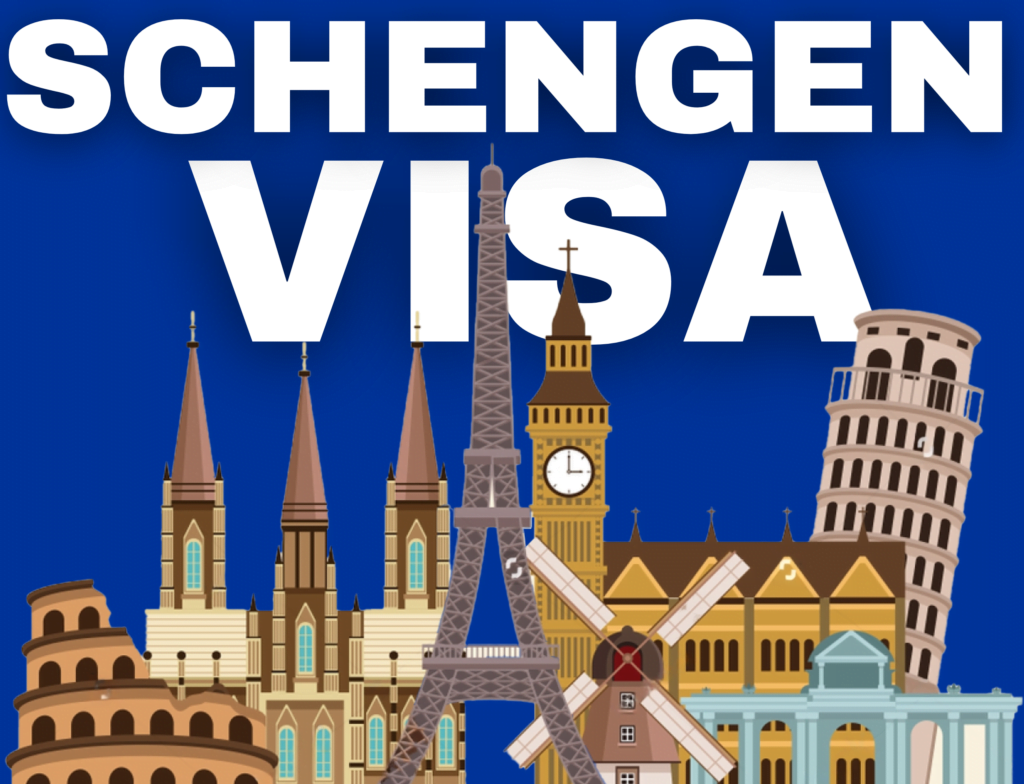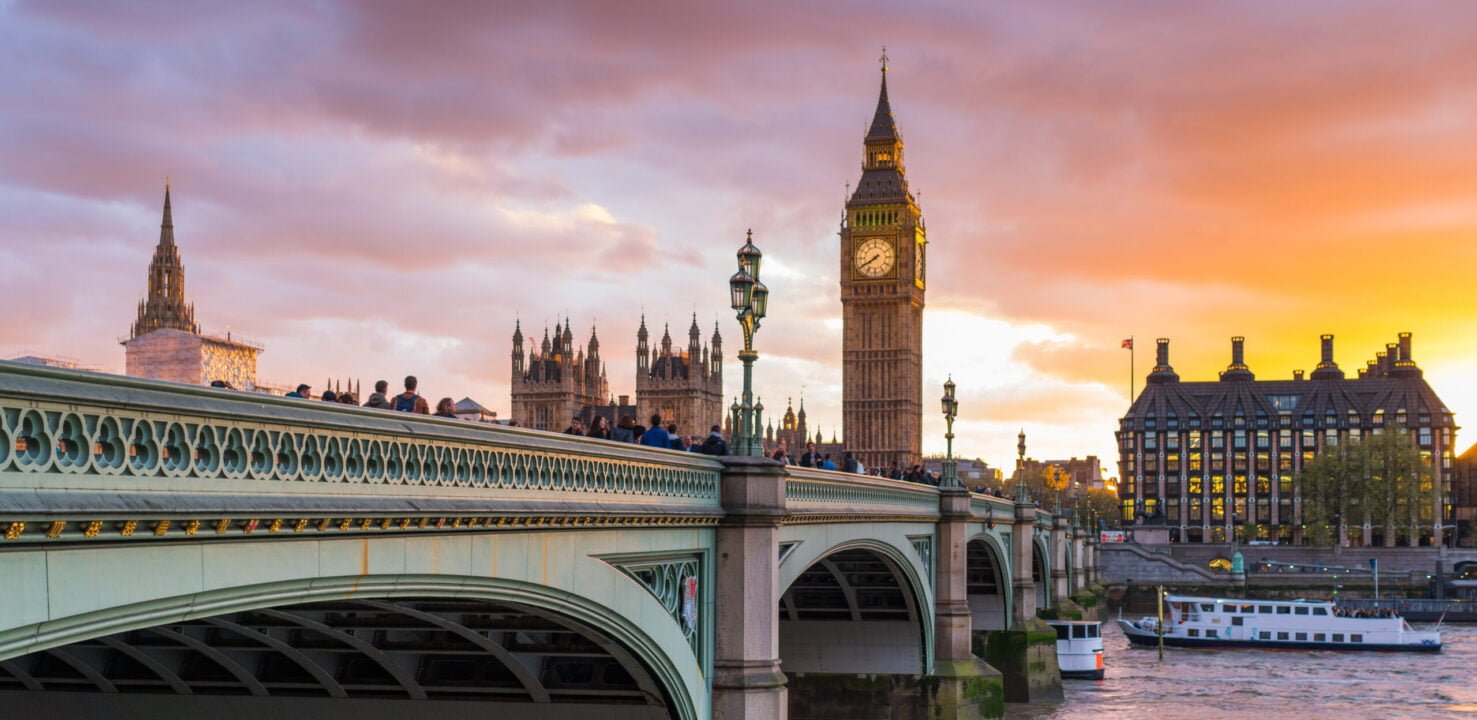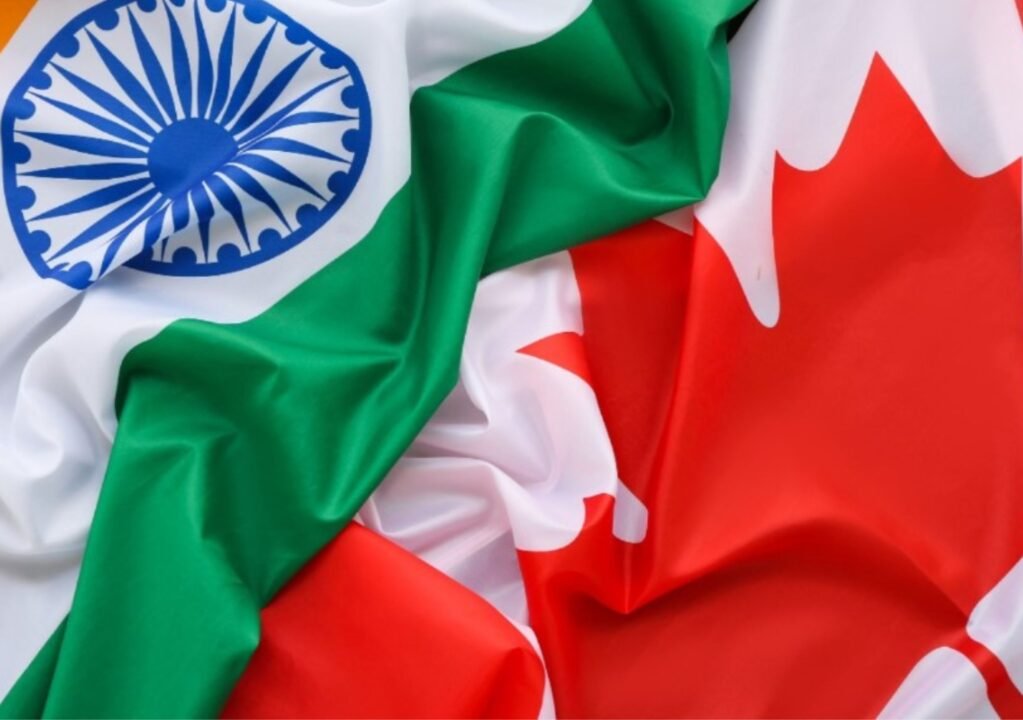Trump immigration policies impact on Indians now that he is back to being the U.S. president, in statements like rescinding automatic citizenship for children born in the U.S., an action that may profoundly impact Indian immigrants who are relying on birthright citizenship as a way of ensuring the security of their children. With longstanding green card backlogs, these changes could fundamentally shift the future of U.S.-India immigration dynamics.
Trump win opens the doors to more attention on immigration reform, and one of the priorities of his administration would be to establish that children born on U.S. soil by non-citizens will no longer automatically have birthright citizenship. According to the campaign site of Trump-Vance, an executive order will be presented requiring at least one parent to be a U.S. citizen or lawful permanent resident for their child to be granted automatic citizenship. This new policy would impact not only those undocumented migrants but even immigrants who are legally residing in the country but are neither U.S. citizens nor green card holders.
Implications for legal immigrants
This policy, if approved, will directly affect thousands of Indian families that are living legally in the U.S. but have not gained U.S. citizenry or permanent residence status yet. Children born in the U.S. were automatically conferred citizenship, regardless of their parents’ status, thus providing at least some security to families waiting in line for a long time for a green card. This policy change means that children born to Indian parents who do not possess citizenship or permanent residency would not automatically receive citizenship in the U.S.
Legal Challenges Ahead
The immigration lawyers, including Rajiv S. Khanna and Greg Siskind, indicated that the proposed executive order will be litigated in courts because it contradicts the 14th Amendment to the U.S. Constitution, which rules birthright citizenship. As Khanna believed, there is considerable case law supported by the Supreme Court for this definition. The harder line that the administration is pursuing regarding the immigration laws is not a good omen for families in the country as immigrants.
Green Card Backlog for Indian Immigrants: An Emerging Crisis
Indian professionals, most of whom are H-1B visa holders, are no strangers to the issues surrounding U.S. immigration. As things stand, Indian nationals have an enormous backlog in employment-based green cards, with wait times dating back more than a century in some instances. The total number of employment-based preference green cards is 140,000 per year, and not more than 7 percent of such numbers can be approved for any one country. So Indian applicants are waiting for too long in the employment-based green card categories, namely EB-2 and EB-3.
Some statistics can be seen as a pointer toward the extreme situation of the backlog:
David J. Bier of the Cato Institute recently found that as of March 2023, the backlog for green cards for skilled Indian workers has reached a record one million. Left unchecked, this could spell nearly 414,000 Indian applicants dying without ever getting their green card and more than 100,000 children “aging out” (turning 21) and losing the ability to get dependent visas. For most Indian families, this would result in uncertainty and anxiety spanning decades at the very thought of losing birthright citizenship protection for their children.
Eradication of Birthright Citizenship for Indian Families
The end of birthright citizenship for green card-bound Indian families portends more troubles to the immigration process. Traditional birthright citizenship by the United States for children has always provided some element of hope and stability to what would otherwise be a very long immigration process. But this new policy will definitely put extremely tough calls to families about their future staying in the U.S. The parents will be caught between a rock and a hard place, which is to stay in the U.S. with little stability or follow their choices of countries with the friendliest immigration policies.
A Blow to the U.S.-India Ties
The Indian diaspora in the U.S. has emerged as an essential element to make economic and cultural ties between both nations stronger. Today, Indian immigrants are crucial to many industries of the United States, especially in tech, medicine, and academic environments. Limiting pathways to citizenship and making the immigration processes more stringent may strain these ties, thus potentially discouraging highly skilled professionals from India from making forays within the borders of the United States.
Conclusion: Navigating an Uncertain Future
Immigration policy in the hands of Donald Trump spells extremely tough times for Indian immigrants in the United States. From green card backlogs to a possible abolition of birthright citizenship, many Indian families are living with uncertain futures. As the policy looks likely to run into court trouble, the stricter immigration reform stance from the administration might just change the face of things for Indian families, who for years have waited for stability in the United States.
The molding of Trump’s immigration policies is causing tremors among Indian immigrants in America. Here, they are preparing for an imminent change and continue to struggle for reforms that would acknowledge their value to the American economy and society. Therefore, opportunities and challenges ahead do not make the Indian community in America compromise.

